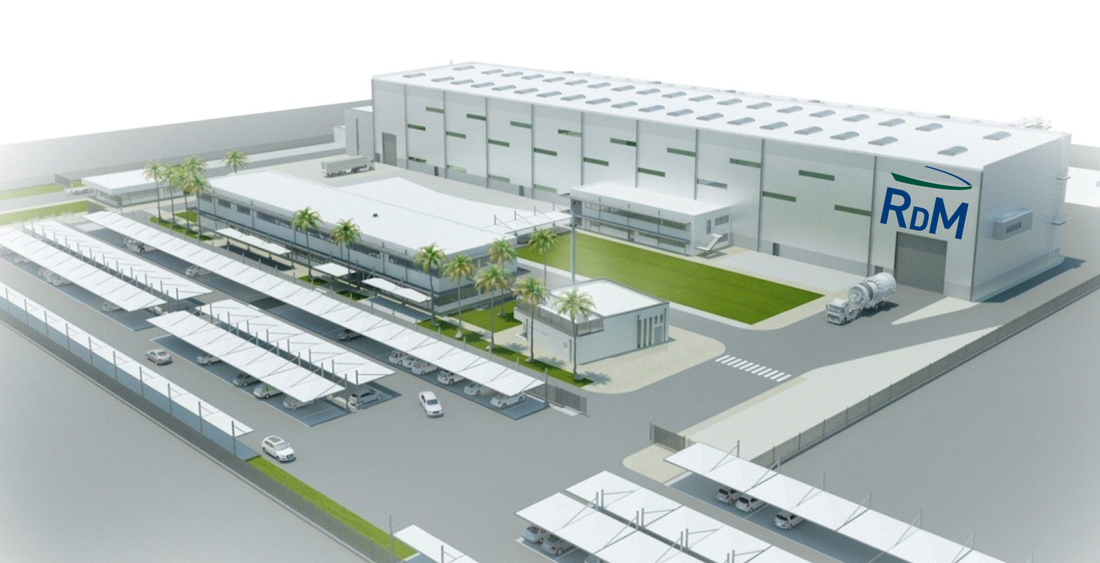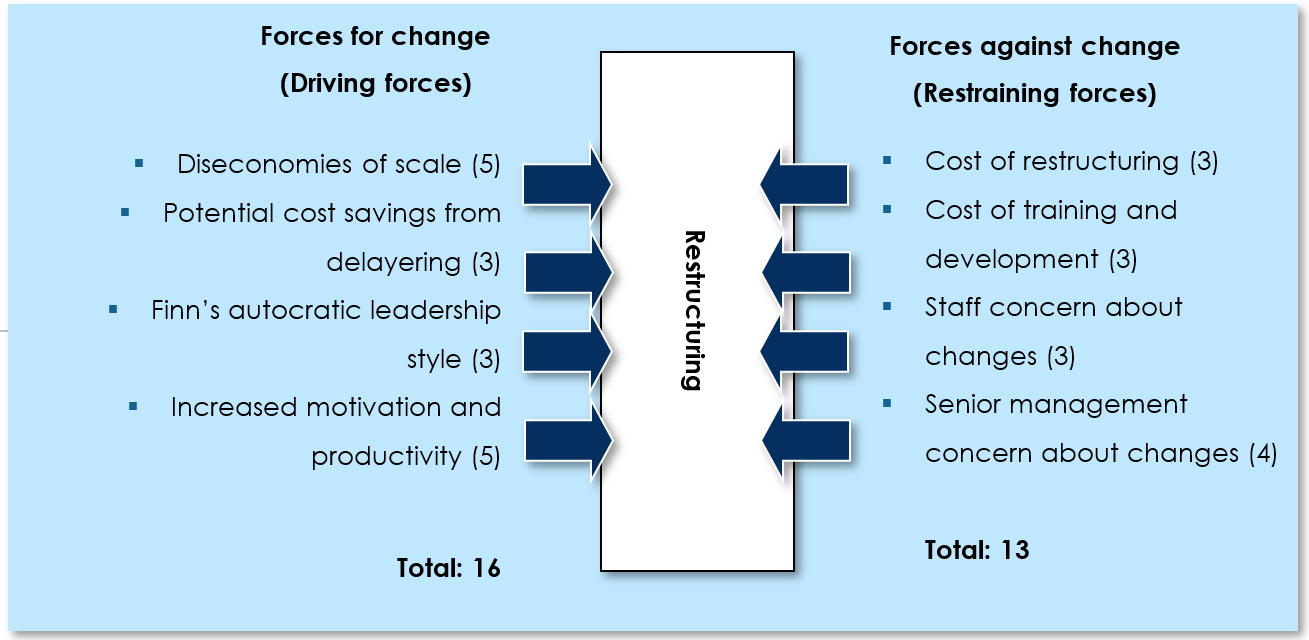IB Business Management:
|
Radeki de Dovnic ManufacturingRadeki de Dovnic Manufacturing is a long established European manufacturing company that now specialises in healthcare device manufacturing using a highly automated mass customisation production process.
Download the Radeki de Dovnic Manufacturing case study, right. Spend lots of time reading and thinking about the case. |
|
As Fair As: Mock exams
Key Insight!As AFA was only operating pop-up stalls, the new store managers would be unlikely to have significant retail and management experience. AFA’s stall managers may have responsibility for a very limited number of staff (if any, as a stall is much smaller than a shop) and managing the day-to-day operations of each pop-up stall. Given that later in the case study (line 59) school leavers are recruited to manage these stalls, these managers would not likely be:
|
Key Insight!There is no clear evidence that this pricing strategy applies to AFA, but it is a common retail practice and Sam has had experience and success with this pricing strategy. There will be a conflict in AFA using a cost-plus pricing strategy, and this is between the objectives of AFA’s mission, which is to support farmers and suppliers in developing countries, and to be profitable. This is because when a cost pricing strategy is used, profitability is determined by the mark-up the firm places on the product or products it sells. To maximise profitability (a common aim of businesses) costs will be kept as low as possible and the final price to customers will be that which typically maximises revenues. Total revenues - total costs = AFA’S profit. However, AFA also has another objective, and this one is to support their suppliers in developing countries to try and improve their standard of living by paying a fair-trade price to their suppliers. The fair-trade price paid to suppliers will be relatively high, as retailers have considerable bargaining power over poorer, small-scale producers in developing countries. Thus, for AFA the higher cost of purchasing their fair-trade products to retail means that, with the cost-plus pricing strategy, either their profitability will be reduced if they price competitively with supermarkets and other retailers, or their prices will be higher than other retailers selling comparative, but not fair-trade goods. Consumers will need to be convinced to pay the premium for AFA’s fair-trade goods such as the coffee it sells, when non-fair-trade coffee retails at the supermarket for less. |
Key Insight!One advantage of AFA using wholesalers in its distribution model, is that the wholesaler pays for the transport costs to the retailer. In the case of AFA, these transport costs would be large, as the fair-trade suppliers are small-scale farmers and producers in remote areas of developing countries. One disadvantage of AFA using wholesalers is that the wholesaler is another intermediary that takes a profit mark-up (two-intermediary distribution channel: producer – wholesaler – retailer – customer). This makes the final goods more expensive to the consumer. For AFA the higher price on its final goods means reduced demand for its products which, in turn, means they stock less fair-trade products, purchase less from their suppliers whom AFA has the objective of supporting. Possible organisational chartThe proposed organisational structure is one that has been delayered from its current form. Delayering is the removal of one or more of the levels of hierarchy from an organisational structure. Many businesses aim for a flatter organisational structure to reduce the costs of management salaries. This process is known as delayering. It leads to wider spans of control and increased delegation to subordinates, for example, the retail store managers.
|
Pink's Drive Theory of motivationPink’s Drive Theory. Pink proposes that businesses should adopt a revised approach to motivation which fits more closely with modern jobs and businesses, one based on self-determination theory (SDT). SDT proposes that human beings have an innate drive to be autonomous, self-determined and connected to one another, and that when that drive is liberated, people achieve more and live richer lives.
Key Insight!Essentially AFA’s net cash flow position is determined by the balance of cash leaving the business (cash outflow; rent deposit, shop outfitting, paying suppliers, expenses, etc.) and cash coming into the business (cash inflow; sales revenues, debtor’s accounts being paid, etc.). According to the net cash-flow figures AFA each new shop opened by AFA will be associated with a significant cash outflow over the first year of operations (at least $120,000 for Location A). After the initial year, each new store that AFA opens appears to add positive net cash inflows. Thus, the more stores AFA opens, the better its overall cash position should be in time. However, the timing of each new store opening will need to be considered carefully |
Motivation at As Fair AsLack of motivation. Workers at AFA may often feel more isolated and less appreciated in a larger business and so their loyalty and motivation may diminish. It is harder for managers to stay in day-to-day contact with workers and build up a good team environment and sense of belonging, this is especially true at AFA as stores and stalls may be located far away from each other. This can lead to lower employee motivation with damaging consequences for productivity and quality (as the mystery shopper highlighted). The main result of poor employee motivation is falling productivity levels and an increase in average labour costs per unit.
What can AFA do about this? Possible solutions include:
Loss of direction and co-ordination. It is harder to ensure that all workers are working for the same overall goal as AFA grows. It is more difficult for managers to supervise their subordinates and check that everyone is working together effectively, as the spans of control have widened. A manager at AFA may be forced to delegate more tasks, which while often motivating for her subordinates, leaves the manager less in control. |
Key Insight!AFA is an established and growing business. The company can no longer be classified as being a ‘small’ business, in that it:
Key Insight!Fair trade is central to AFA’s business model and the motivations of Sam and (hopefully) his staff. As a successful fair-trade company AFA will be making a difference in the lives of its suppliers and the producers of AFA’s products. This is likely an important intrinsic motivator for Sam. Fair trade is an important differentiating factor for AFA’s retail products. For example, fair-trade coffee will be perceived as being positively different from coffee without fair-trade certification. This product differentiation targets the segment of ethically aware and concerned consumers. |
Key Insight!The secondary market research that Sam obtained has enabled AFA to establish a unique selling point centred around place. A shop that was totally dedicated to selling fair trade products. The market research indicated that fair trade products were only being sold in supermarkets. Which was the opportunity he seized to establish and grow AFA successfully. It is likely that opening shops dedicated to selling fair trade products also provided AFA with further differentiation from the supermarkets AFA competes against. AFA would be able to provide a greater product range of fair trade goods, especially as supermarkets would be focussed on fast moving consumer goods that just happen to be fair trade certified. What is Fair trade?Fair trade is trade between companies in developed countries and producers in developing countries in which fair prices are paid to the producers.
|
Case study Analysis
Case Study: key termsHere are the key terms associated with the pre-released case study – As Fair As. All IB Business Management students should be able to define and explain these terms.
|
CASE STUDY: KEY TERMS DefinitionsTeachers, here is an easy activity to start your IB Business Management students in their case study learning and revision. Match the key terms with these definitions.
|
Key Terms in ContextThis activity is one of the best learning activities to have your students undertake. It encourages the student to read the case study carefully while thinking about what is and what is not IB Business Management course content.
The student will revise what each key term means and at the end, have a fantastic revision resource which defines each key term within the context of the actual case study. |
Key terms + DefinitionsEmbedded below is a complete list of all IB Business Management terms associated with the Nov 2018 case study.
It is very worthwhile having students develop a set of flashcards (interactive or traditional) based on these case study key terms and definitions, such as we have created below. We know that students will be asked to define, explain and discuss some of these in their Paper 1 exam. |
As Fair As: Critical Thinking
|
Divide your students up into groups. Assign key concepts and terms to each group (from the Key Terms list) and ask them to think how each term/concept is important to the analysis of the As Fair As case study.
|
Case Study November 2018 Key Terms Flashcards
The flashcard set below contains all of the key terms and definitions associated with As Fair As – the IB Business Management case study for the November 2018 Paper 1 SL and HL examinations. Try the different study modes for variation and games.
|
Loading AFA quiz 1
|
Interactive quizzes: How well do you know AFA?
Loading AFA quiz 2
|
Loading AFA quiz 3
|



























